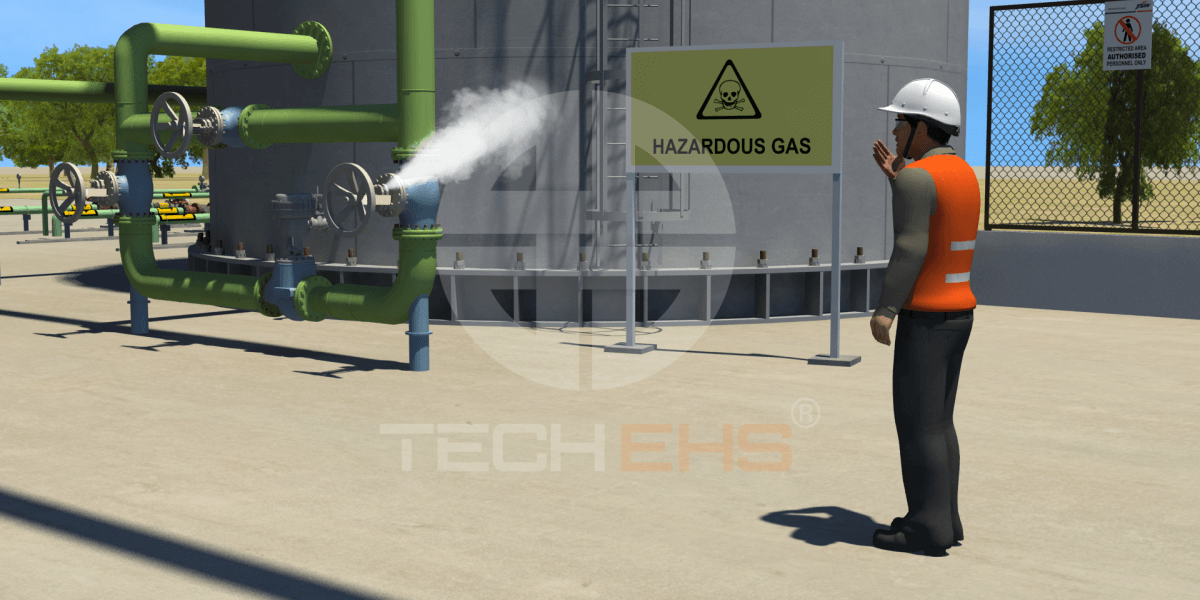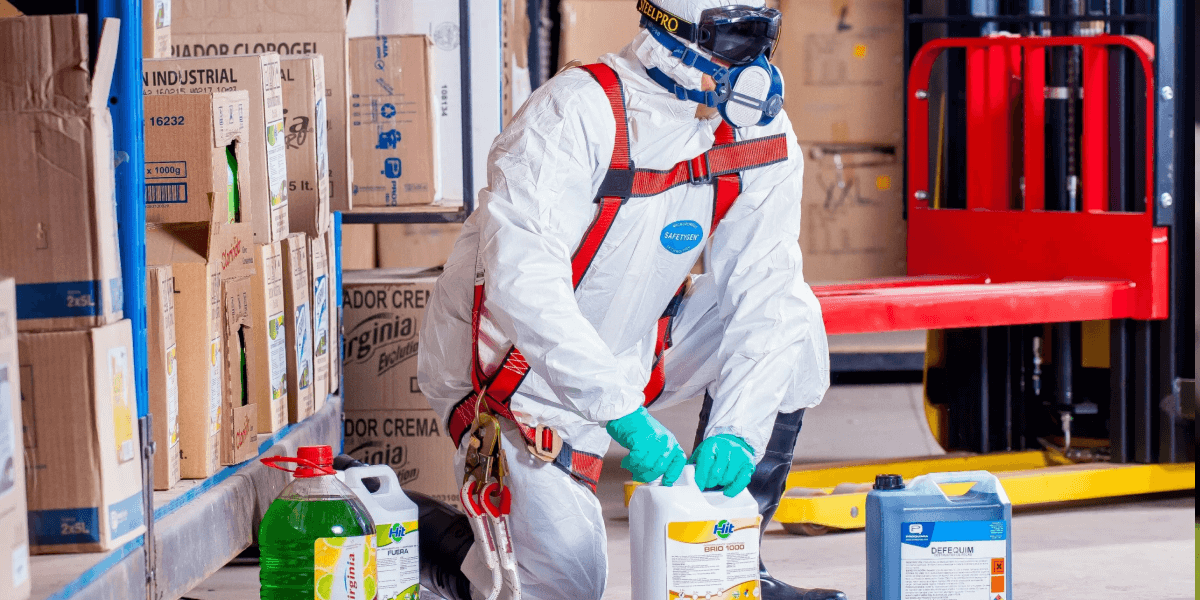
Table of Contents
Introduction
Most process failures occur because workers cannot see what went wrong, not because they are irresponsible.
Near-misses or incidents at chemical and pharmaceutical facilities frequently follow a discouraging cycle. A deviation report is written, the root cause is found, action items are shared in bullet points, and the incident occurs again. Why? It happens since workers forget things they don’t comprehend. Furthermore, they are unable to understand what they can’t see.
Suppose steam backflow into the cleanroom occurs at a sterile injectables plant. This happens because a pre-sterilization cycle started before valve closure was confirmed. The RCA team uses SOP snippets and static timelines to illustrate the incident. However, the lesson fails because the steps and mistakes are not visualized. Eventually, the incident could happen again within a month.
At this point, 3D incident recreation becomes an essential tool for training. It also changes the way leaders assess, understand, and communicate risk.
Where Static Reports Fall Short in High-Risk Environments
Incident reports in highly regulated, high-stakes businesses must do more than simply tick a box; they must influence behavior. However, conventional techniques like Slide Decks or summaries that rely heavily on text can overlook necessary background.
For instance, an overpressure event occurs at a chemical API facility during solvent charging. The investigation reveals that the operator bypassed the inerting step. But what if the inert gas flowmeter’s display had been flickering? What if there were no verification of understanding between shifts? What if two stages were inadvertently combined in the latest SOP revision?
Invisible cues—like a control panel warning that illuminates when a valve position changes—are often overlooked when relying solely on text-based reports. These complex sequences are nearly impossible to explain in a linear format. However, a single 60-second animation can depict them in full, both technically and spatially.
Making Root Causes Unmissable Through 3D Visuals
One of 3D recreation’s essential features is its ability to eliminate uncertainty from incident timings. Precision is crucial when every second counts, such as thermal runaways, gas leaks, or bioreactor anomalies.
For example, during upstream cleaning in a biologics facility, a technician neglected to activate a secondary containment drain. Raw media and leftover cleaning solution leaked into the drain line D-401, part of the non-potable wastewater system. The animation reveals that the operator was never shown the new containment line rerouted after maintenance, despite the RCA attributing it to “operator oversight.”
The reenactment visualizes the sequence layer by layer—from valve opening to incorrect drain identification to actual floor mapping—clearly illustrating how the events unfolded in real time. The 3D animation safety video shows that a communication breakdown, not carelessness, was the incident’s root cause.
Retraining the operator is no longer your only corrective measure. Your change communication protocol is being audited.
Reinforcing Toolbox Talks and Training with Real Visual Recall
Toolbox discussions can get boring, particularly when they focus only on compliance. Visual content changes this situation.
You can demonstrate a recent deviation rather than explain it: a gloved hand altering a ceiling-mounted sensor while violating sterile protocol results in a class C deviation. A 30-second display makes the error real, prompting recollection when the activity is repeated.
Assume that during filter construction, a location has repeatedly documented glove breaches. Rather than saying “always double-check glove integrity,” you simulate the spread of contamination after displaying a slow-motion image of a micro-perforation. It’s technical storytelling, not just training.
Particularly in sterile and dangerous settings, 3D visual animation aids frontline workers in remembering the importance of protocols.
Preparing Operators for Hazop and MOC Outcomes—Before Go-Live
Although engineering modifications and Hazop reviews are essential turning points, workers who implement them frequently cannot access them. The majority of operators don’t read complete MOC reports. Also, many cannot see the effects of a process change until it’s operational.
Imagine a site where a hydrogenation reactor switches from manual nitrogen purging to automated purge cycles. After engineering reviews, QA approves the P&ID. But what about the night shift operators?
The team is guided through old and new workflows using a 3D animation. They observe that the V102, a manual isolation valve on the purge line, is now bypassed. Further, they see that the purging step is now started by the HMI and finished by a pressure sensor rather than a stopwatch.
Amplifying Visuals with Integrated EHS Software
3D animation videos shouldn’t be hidden in folders or only played once during the training week. They should be a part of your EHS environment for maximum impact.
Modern EHS software allows you to:
Conclusion: Don’t Just Document Risk—Show It, Solve It, and Share It
Risks are rarely evident in the pharmaceutical and chemical industries, yet the costs are always high. If your teams still rely on static SOPs and bullet-point RCA descriptions, you’re likely missing critical opportunities. These gaps can allow recurring incidents to continue unchecked.
The use of 3D incident recreation makes process safety more tangible. It facilitates well-informed decision-making, brings clarity to stressful situations, and cultivates a proactive risk-owning culture.
At TECH EHS, we specialize in process-accurate 2D/3D incident simulations, RCA support visuals, and Hazop/MOC animation walkthroughs. We also create digital learning modules tailored for EHS-critical industries.
Do you want to use your next near-miss or incident as an opportunity to learn? Let’s create a visual RCA approach that genuinely modifies results.



